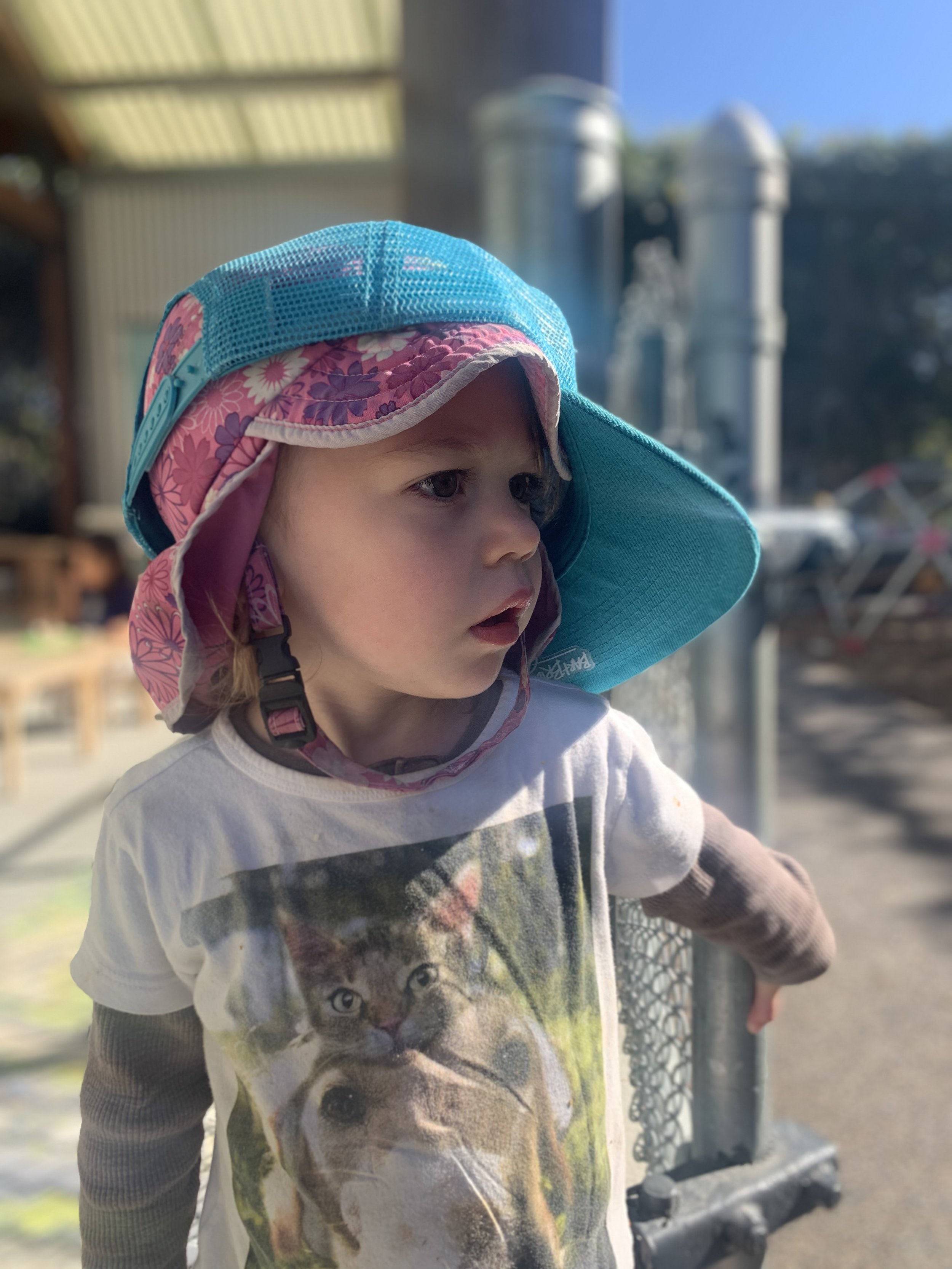Nia House celebrates the gender diversity in our community.
Beyond celebrating it- we want to work as a community to honor gender differences and affirm one another’s gender identity.
Nia House looks forward to growing, learning, and becoming more proactive with gender affirmation in our community.
If you have any feedback for us on how to make Nia House a more welcoming space for transgender, gender nonconforming and gender non-binary people, please let us know!
What is GENDER & GENDER IDENTITY?
Gender is a set of cultural identities, expressions and roles – codified as feminine or masculine – that are assigned to people based upon the interpretation of their bodies, and more specifically, their sexual and reproductive anatomy.
Since gender is a social construction, it is possible to reject or modify the gender one is assigned at birth, and to develop, live and express a gender that feels truer and just to oneself.
Gender Identity is a personal conception of oneself as male, female, both, neither and/or another gender. Gender identity can be the same as or different from the gender a person is assigned at birth. Gender identity is a matter of self-identification; no one can tell anyone else how to identify or what terms to use. Gender identity is different from sexual orientation, and everyone has both a gender identity and a sexual orientation. (GLSEN)
How is GENDER IDENTITY different from SEX?
Sex is the classification of a person as male, female, or intersex based on the existing system of organizing human bodies and biologies. This system is based on chromosomes, hormones, internal and external reproductive organs, and secondary sex characteristics.
Sex assigned at birth refers to the act of assigning or designating a particular sex to a person based on their chromosomes, hormones, internal and external reproductive organs, and secondary sex characteristics.This is often done by medical professionals during pregnancy or immediately after childbirth.
The SEX a person is assigned at birth doesn’t determine or indicate anything about their authentic GENDER experience or identity. (Healthline)
PRONOUNS & LANGUAGE
People’s pronouns relate to their gender identity. For example, someone who identifies as a woman may use the pronouns “she/her.” We do not want to assume people’s gender identity based on gender expression (typically shown through clothing, hairstyle, mannerisms, etc.) By providing an opportunity for people to share their pronouns, you're showing that you're not assuming what their gender identity is based on their appearance. If this is the first time you're thinking about your pronoun, you may want to reflect on the privilege of having a gender identity that is the same as the sex assigned to you at birth. (GLSEN)
LADIES!
EXAMPLES OF RISKY MISGENDERING WITH WAYS TO CORRECT
MISGENDERING- “Hey ladies!”
CORRECTION- “Hi friends!”, “Hey folks”, “Hi”
MISGENDERING- “Look at that little boy, he’s carrying his lunchbox.”
CORRECTION- “Look at that child/friend, they are carrying their lunchbox.”
MISGENDERING- Say hello to Sam’s Mom”
CORRECTION- “Let’s wave to Sam’s parent.”
HOW DO I KNOW WHAT PRONOUN TO USE?
Ask! “Nice to meet you. I’m Stacey, I use they/them pronouns. What pronouns do you use?”
It is important for cisgender people (people whose gender identity aligns with their assigned sex at birth) to normalize the practice of stating their pronouns and asking pronouns of others. It encourages practice and helps gender diverse people feel welcome and safe. (Nationwide Childrens)
OTHER TERMS (GLSEN):
Cisgender: A person whose gender identity and expression are aligned with the gender they were assigned at birth.
Cisnormativity: The assumption that cisgender identity is the norm, which plays out in interpersonal interactions and institutional privileges that further the marginalization of transgender people.
Gender Binary: A socially constructed system of viewing gender as consisting solely of two categories, “male” and “female,” in which no other possibilities for gender are believed to exist. The gender binary is a restrictive and inaccurate way to view gender because it does not take into account the diversity of gender identities and gender expressions among all people. The gender binary is oppressive to anyone that does not conform to dominant societal gender norms.
Gender Expression: The multiple ways (e.g., behaviors, dress) in which a person may choose to communicate gender to oneself and/or to others.
Gender Non-binary: An umbrella term for gender identities used by people whose gender is not exclusively male or female
Gender Nonconforming: A descriptive term and/or identity of a person who has a gender identity and/or expression that does not conform to the traditional expectations of the gender they were assigned at birth. People who identify as “gender nonconforming” or “gender variant” may or may not also identify as “transgender.”
Pronouns: The pronoun or set of pronouns that a person identifies with and would like to be called when their proper name is not being used. Examples include “she/her/hers,” “he/him/his,” ze/hir/hirs,” and “they/them/theirs.” Some people prefer no pronouns at all.
Transgender: An umbrella term describing people whose gender identity does not match the gender they were assigned at birth.
RESOURCES
HEALTHLINE- 64 TERMS THAT DESCRIBE GENDER IDENTITY & EXPRESSION https://www.healthline.com/health/different-genders#a-d
GENDER SPECTRUM- THE LANGUAGE OF GENDER
https://genderspectrum.org/articles/language-of-gender
GLSEN - PRONOUNS: A Resource
https://www.glsen.org/sites/default/files/GLSEN%20Pronouns%20Resource.pdf
NATIONWIDE CHILDREN- PRONOUNS 101
https://www.nationwidechildrens.org/family-resources-education/700childrens/2021/06/why-pronouns-matter-101


